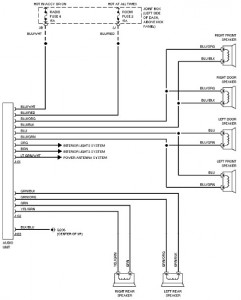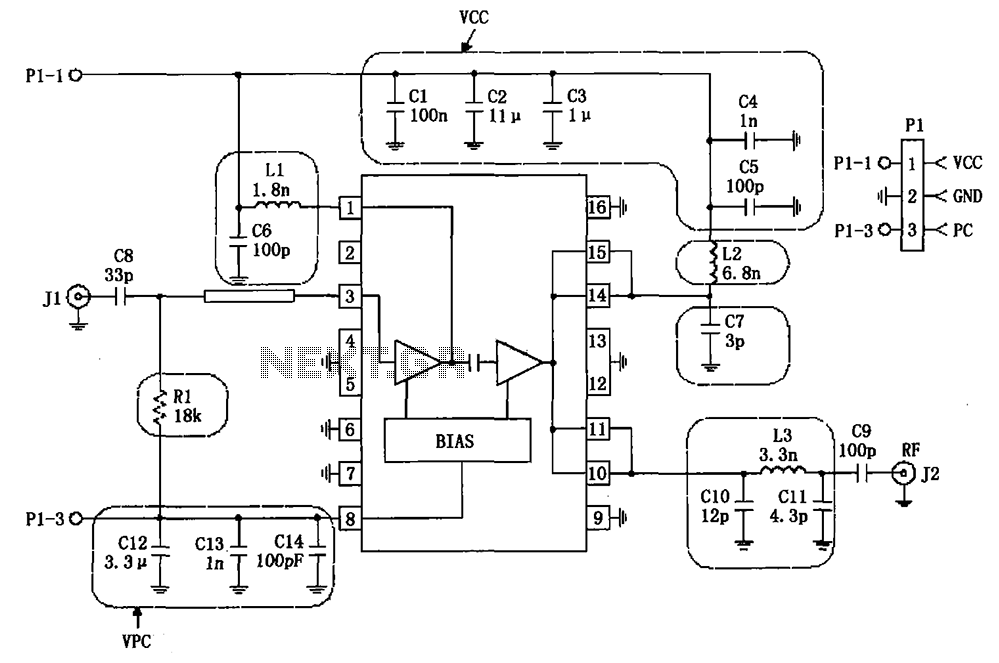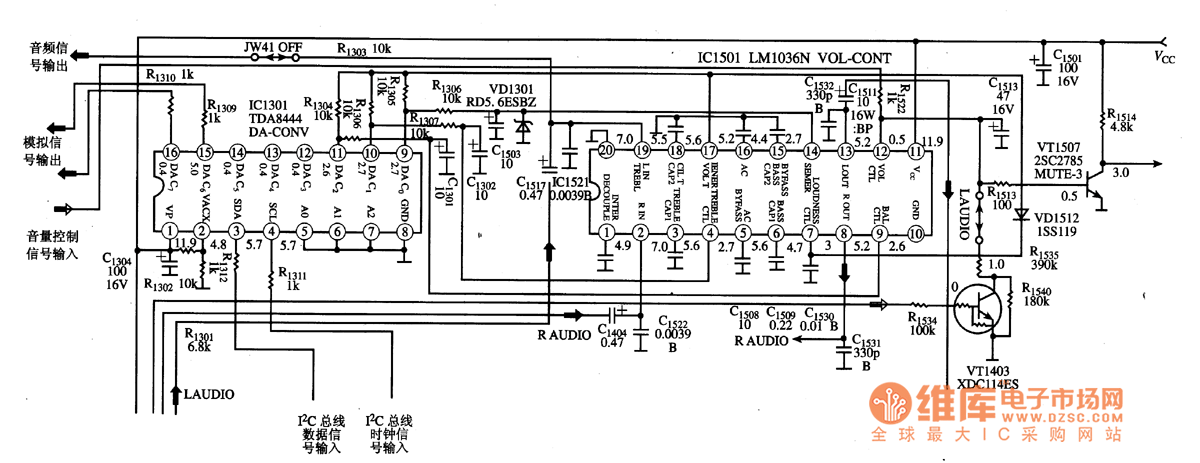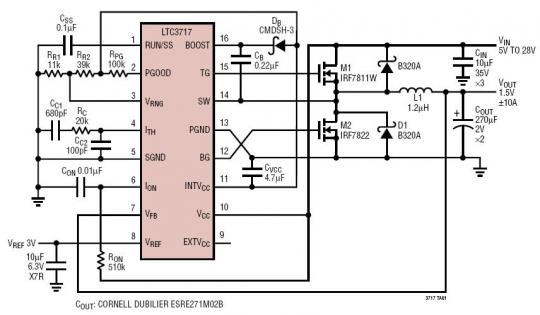
External wiring diagram of PLC
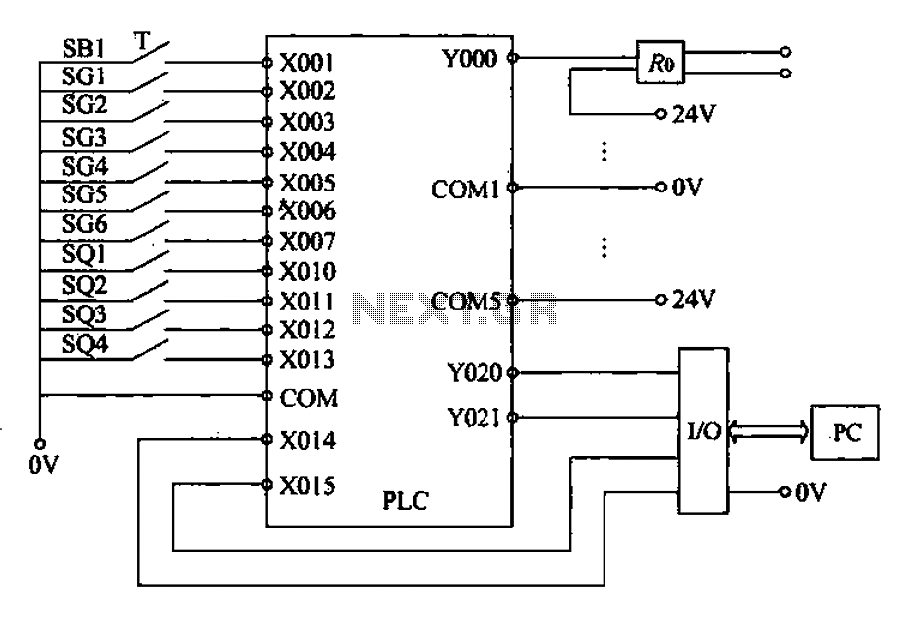
1/0 defined PLC table. Its input signal path includes 1 motor starter button and photoelectric switches at stations 2, 3, 5, 7, 8, and 9, which are normally open contacts. The system operates a CD machine at station 37, along with upper and lower limit switches for cylinders 7. It also includes a response signal for the greenware position and a completion signal for spraying. The PLC has 18 output channels, which include motor control signals for stations 1 to 9, electromagnetic control signals for the transfer machine at stations 37 and 7, control signals for a clamp solenoid, the greenware position signal, and a completion signal for spraying. Output control signals YO-Y17 do not directly drive AC contactors or solenoid valves; instead, they are controlled by solid-state relays to isolate the PLC output from inductive loads, preventing any back EMF from affecting the PLC. The robot glazing peripheral device control system requires specific input and output control points, utilizing a Mitsubishi FX2N-48MR-O01 type PLC. The external wiring includes a motor start button (tSB1), and motor trip switches (SG1-SG6) for stations 2, 3, 5, 7, 8, and 9. The limit switches for the transfer machine at stations 37 and 7 are connected through SQ1 and SQ2, while SQ3 and SQ4 are used for the cylinder's upper and lower limit switches.
The described PLC system is designed to manage a complex automation task involving multiple input and output signals. The input signal path is structured to allow for seamless operation of the motor starter button and photoelectric switches, which are critical for detecting the presence of objects or the completion of tasks at various stations. The normally open contacts of the photoelectric switches ensure that the system remains inactive until triggered by an object, enhancing safety and efficiency.
The 18 output channels of the PLC facilitate control over various components, including motors and solenoids. The use of solid-state relays for driving AC contactors and inductive loads is a significant design choice, as it mitigates the risk of voltage spikes that could otherwise disrupt the PLC's operation. This isolation is crucial for maintaining the integrity of the control system and ensuring that the PLC can operate reliably in an industrial environment.
The Mitsubishi FX2N-48MR-O01 PLC is well-suited for this application, offering ample I/O capabilities and robust performance. The external wiring configuration, which includes specific designations for each control point, is essential for troubleshooting and maintenance. Each component, from the motor start button to the limit switches, is strategically placed to optimize the workflow of the robotic glazing process.
In summary, this PLC-based control system integrates various sensors and actuators to automate the glazing process efficiently. The careful consideration of input and output management, along with the use of solid-state relays for isolation, highlights the system's reliability and effectiveness in an industrial setting.1/0 defined PLC Table. Its input signal path 13, including: 1 motor starter button. 2, 3, 5, 7, 8, 9 station photoelectric switch normally open contact, move the CD machine 37 and 7 of the cylinder upper and lower limit switch, and spraying is completed and the response signal SF greenware position signal ARP. Output PLC has 18 road, including: 1 ~ 9 9 station motor control signal, transfer machine 37 and 7 CD rise and fall Yan electromagnetic control signal, transfer machine 37 and 7 CD motor control signal, the clamp solenoid control signal, and greenware position signal RI, and answering spraying Ends completion signal ASF.
Output control signals YO-Y17 is no direct drive AC contactor or solenoid valve, but is driven by solid state relays, so it will be PLC output interface circuit AC contactor or inductive loads such as solenoid valves to isolate, avoid the coil off current moment generated on PLC affected. The robot glazing peripheral device control system input and output points require control requirements, the system used Mitsubishi FX2N- 48MR-O01 type PLC.
Its external wiring circle tSB1 1 motor start button, SG1-SG6 were 2, 3, 5, 7, 8, 9 stations on the motor trip switch. soi and SQ2 for the transfer machine 37 cylinder upper and lower limit switch, SQ3 and SQ4 to transfer machine 7, cylinder soil bit and lower limit switch.
The described PLC system is designed to manage a complex automation task involving multiple input and output signals. The input signal path is structured to allow for seamless operation of the motor starter button and photoelectric switches, which are critical for detecting the presence of objects or the completion of tasks at various stations. The normally open contacts of the photoelectric switches ensure that the system remains inactive until triggered by an object, enhancing safety and efficiency.
The 18 output channels of the PLC facilitate control over various components, including motors and solenoids. The use of solid-state relays for driving AC contactors and inductive loads is a significant design choice, as it mitigates the risk of voltage spikes that could otherwise disrupt the PLC's operation. This isolation is crucial for maintaining the integrity of the control system and ensuring that the PLC can operate reliably in an industrial environment.
The Mitsubishi FX2N-48MR-O01 PLC is well-suited for this application, offering ample I/O capabilities and robust performance. The external wiring configuration, which includes specific designations for each control point, is essential for troubleshooting and maintenance. Each component, from the motor start button to the limit switches, is strategically placed to optimize the workflow of the robotic glazing process.
In summary, this PLC-based control system integrates various sensors and actuators to automate the glazing process efficiently. The careful consideration of input and output management, along with the use of solid-state relays for isolation, highlights the system's reliability and effectiveness in an industrial setting.1/0 defined PLC Table. Its input signal path 13, including: 1 motor starter button. 2, 3, 5, 7, 8, 9 station photoelectric switch normally open contact, move the CD machine 37 and 7 of the cylinder upper and lower limit switch, and spraying is completed and the response signal SF greenware position signal ARP. Output PLC has 18 road, including: 1 ~ 9 9 station motor control signal, transfer machine 37 and 7 CD rise and fall Yan electromagnetic control signal, transfer machine 37 and 7 CD motor control signal, the clamp solenoid control signal, and greenware position signal RI, and answering spraying Ends completion signal ASF.
Output control signals YO-Y17 is no direct drive AC contactor or solenoid valve, but is driven by solid state relays, so it will be PLC output interface circuit AC contactor or inductive loads such as solenoid valves to isolate, avoid the coil off current moment generated on PLC affected. The robot glazing peripheral device control system input and output points require control requirements, the system used Mitsubishi FX2N- 48MR-O01 type PLC.
Its external wiring circle tSB1 1 motor start button, SG1-SG6 were 2, 3, 5, 7, 8, 9 stations on the motor trip switch. soi and SQ2 for the transfer machine 37 cylinder upper and lower limit switch, SQ3 and SQ4 to transfer machine 7, cylinder soil bit and lower limit switch.
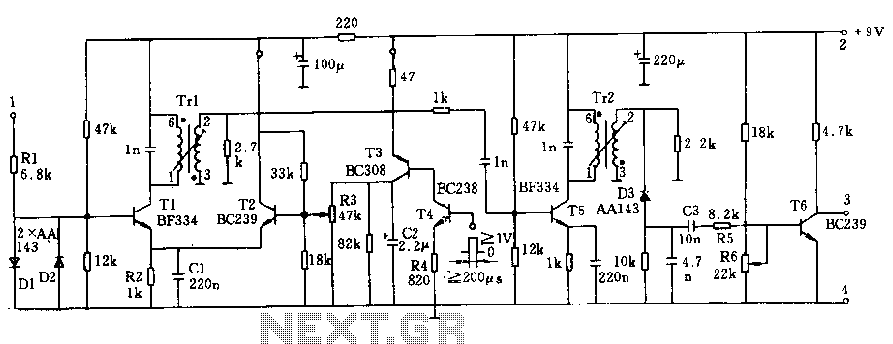
%2BCircuit%2Bdiagram%2Busing%2BCD4047%2Band%2BIRFZ44%2Bpower%2BMOSFET.png)
